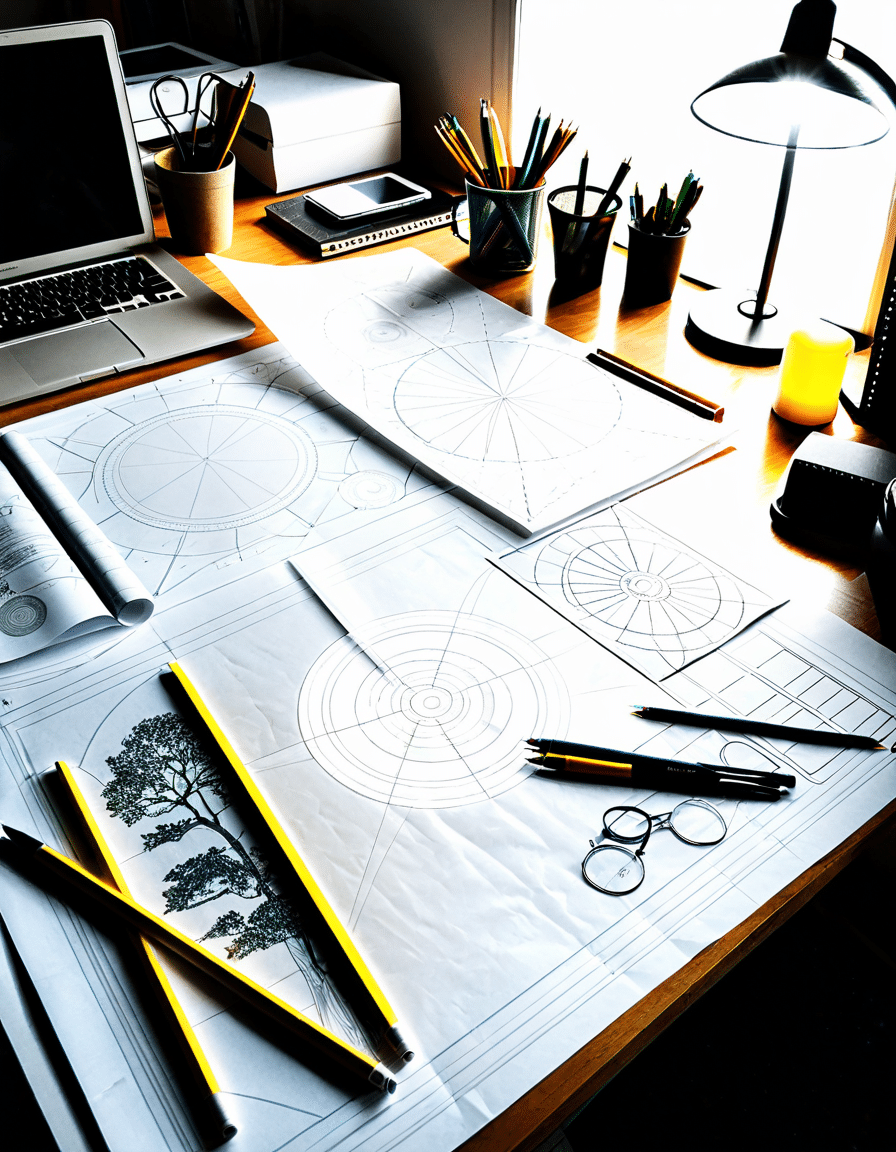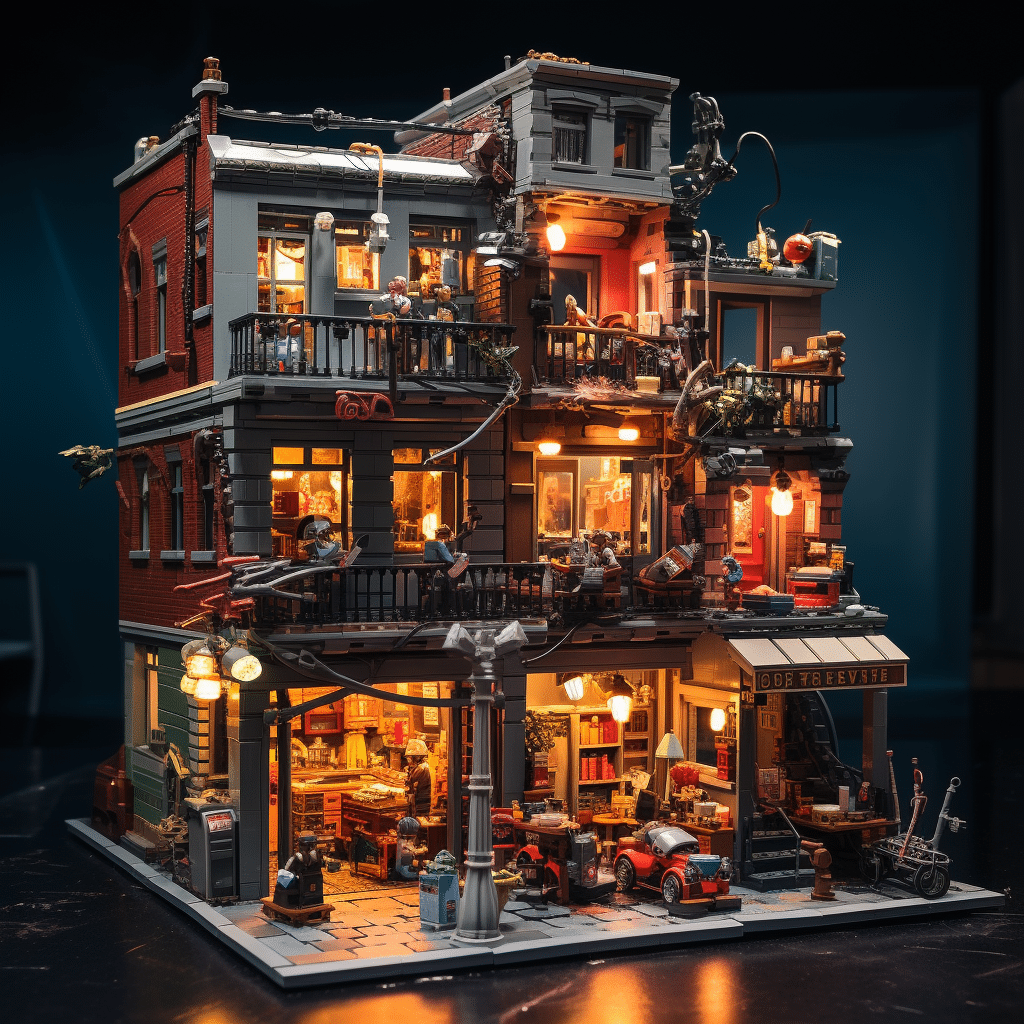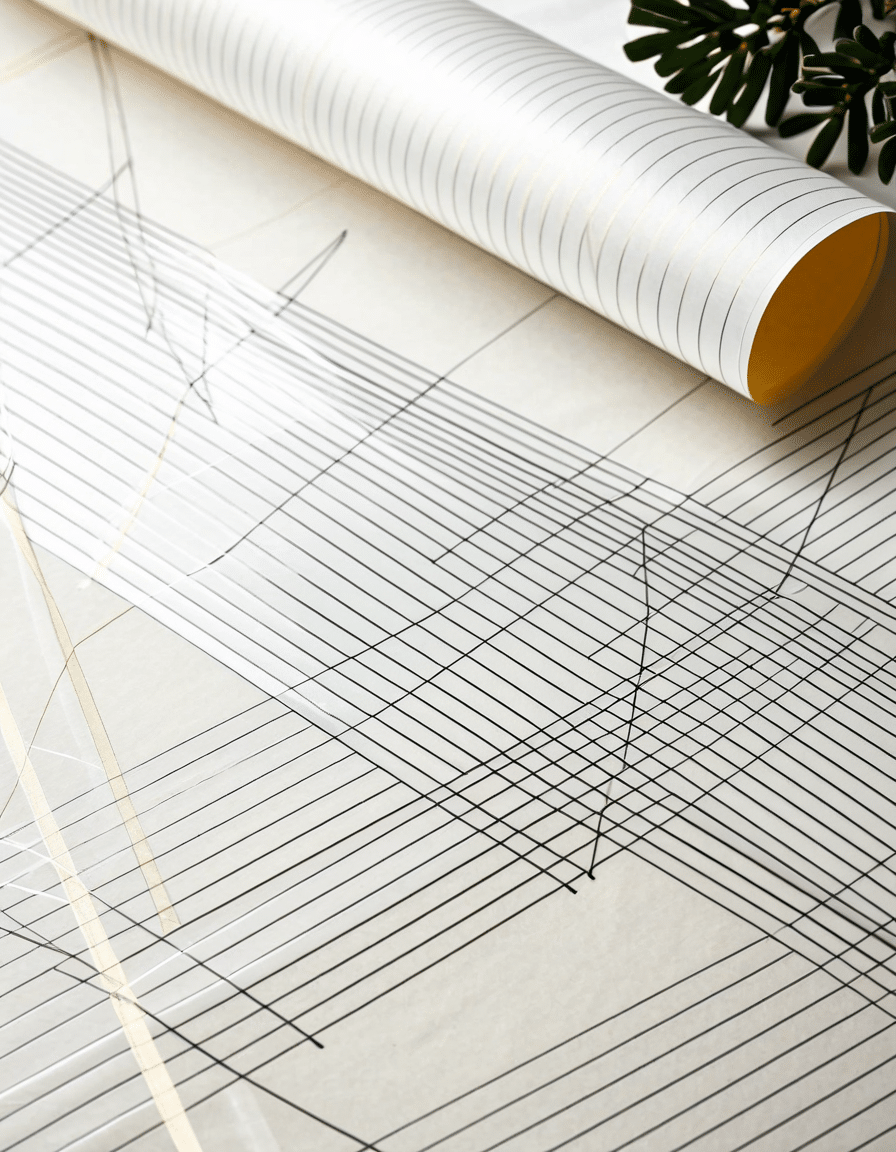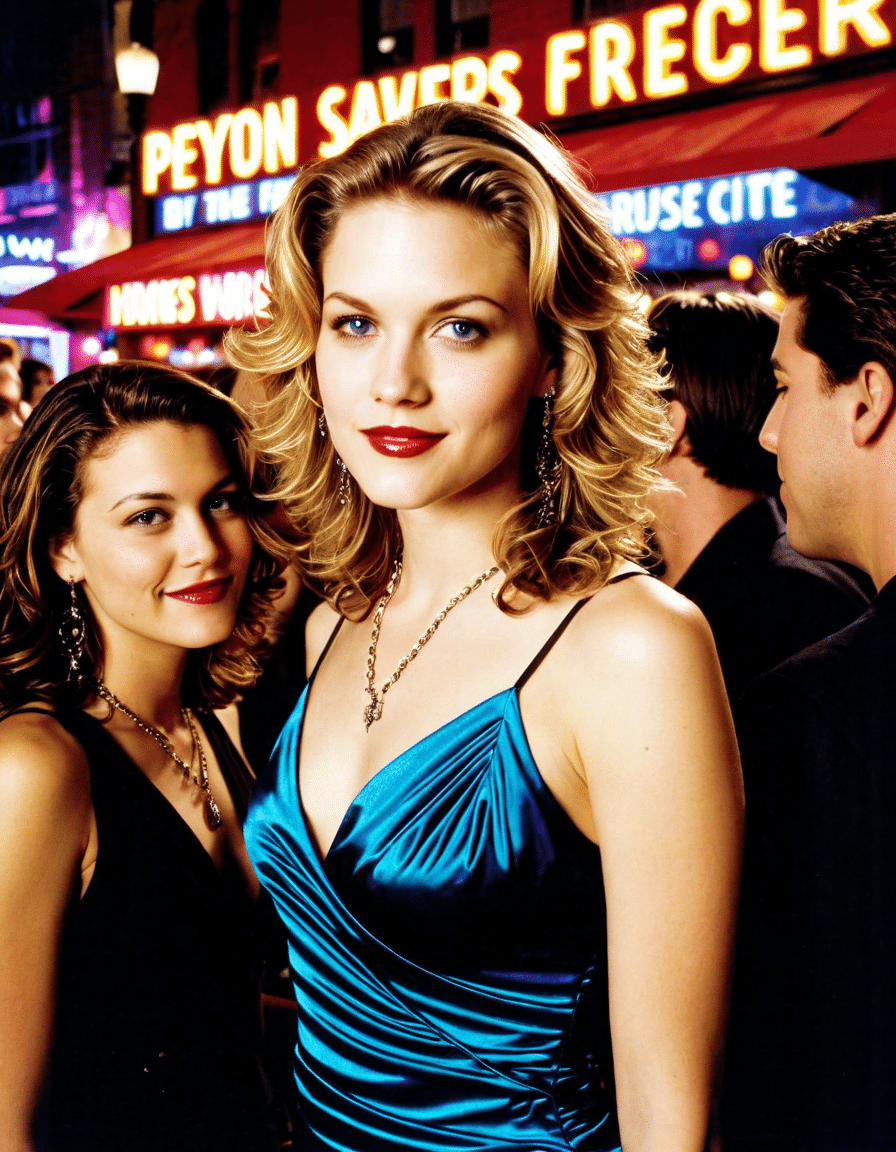Tracing paper might seem like an old-school material, stuck in the dusty corners of art classrooms and design studios. But guess what? In 2026, it’s back and making serious waves! This humble paper has transformed into a go-to for artists, designers, and hobbyists of every stripe. Whether you’re crafting high-end fashion or sprucing up your scrapbook, tracing paper is here to elevate your creative game in some seriously cool ways. Buckle up as we dive into seven amazing uses of tracing paper that are redefining creativity.
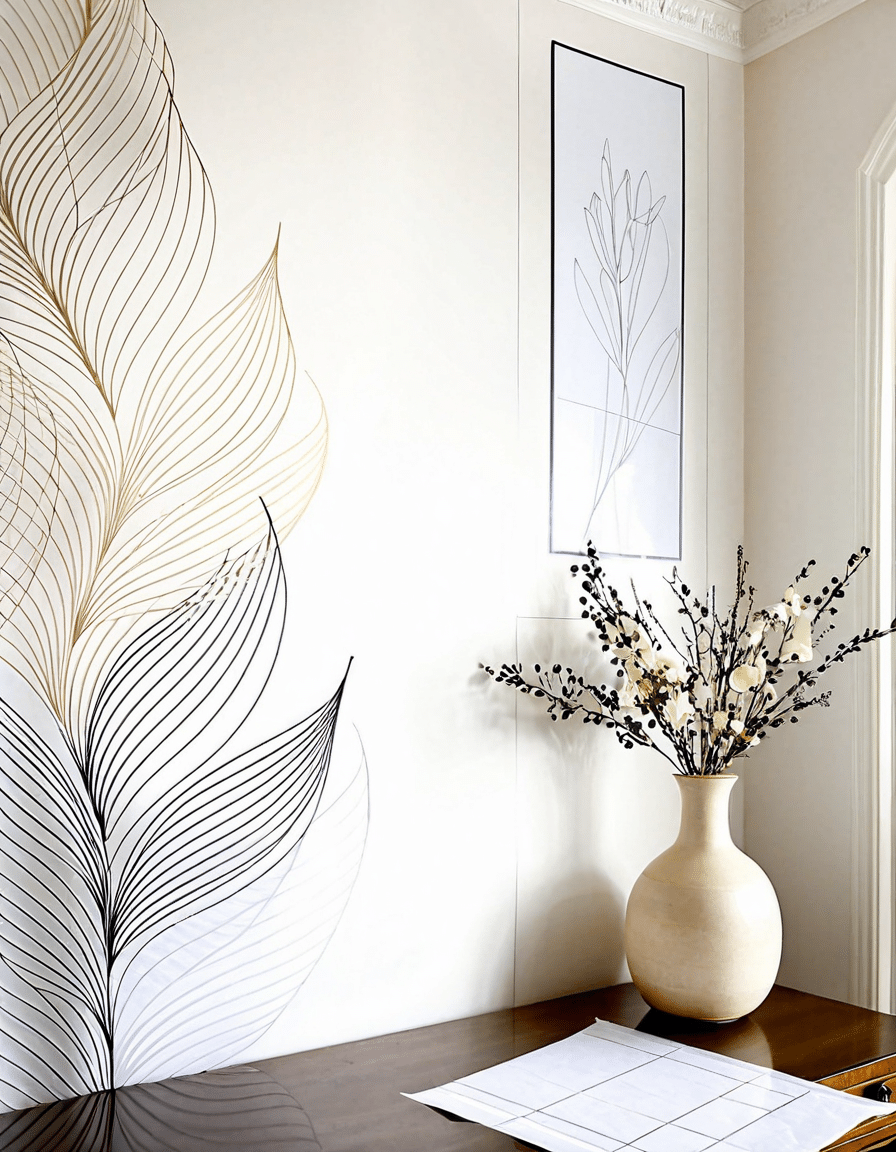
1. Innovative Layering in Fashion Design
Fashion isn’t just about clothing; it’s about storytelling through design. Tracing paper has become an essential tool for designers like Iris van Herpen and Balenciaga, known for their innovative styles. They use tracing paper’s translucent quality to create layered designs that play with both light and structure. This allows them to visualize unique silhouettes before committing to fabric.
Aspiring fashion designers today can leverage tracing paper to sketch and prototype their ideas, playing around with textures and colors. It opens up new possibilities and helps them understand how their designs will flow and fit. So, if you’re dreaming of one day seeing your name in lights at Paris Fashion Week, grab some tracing paper and start experimenting!
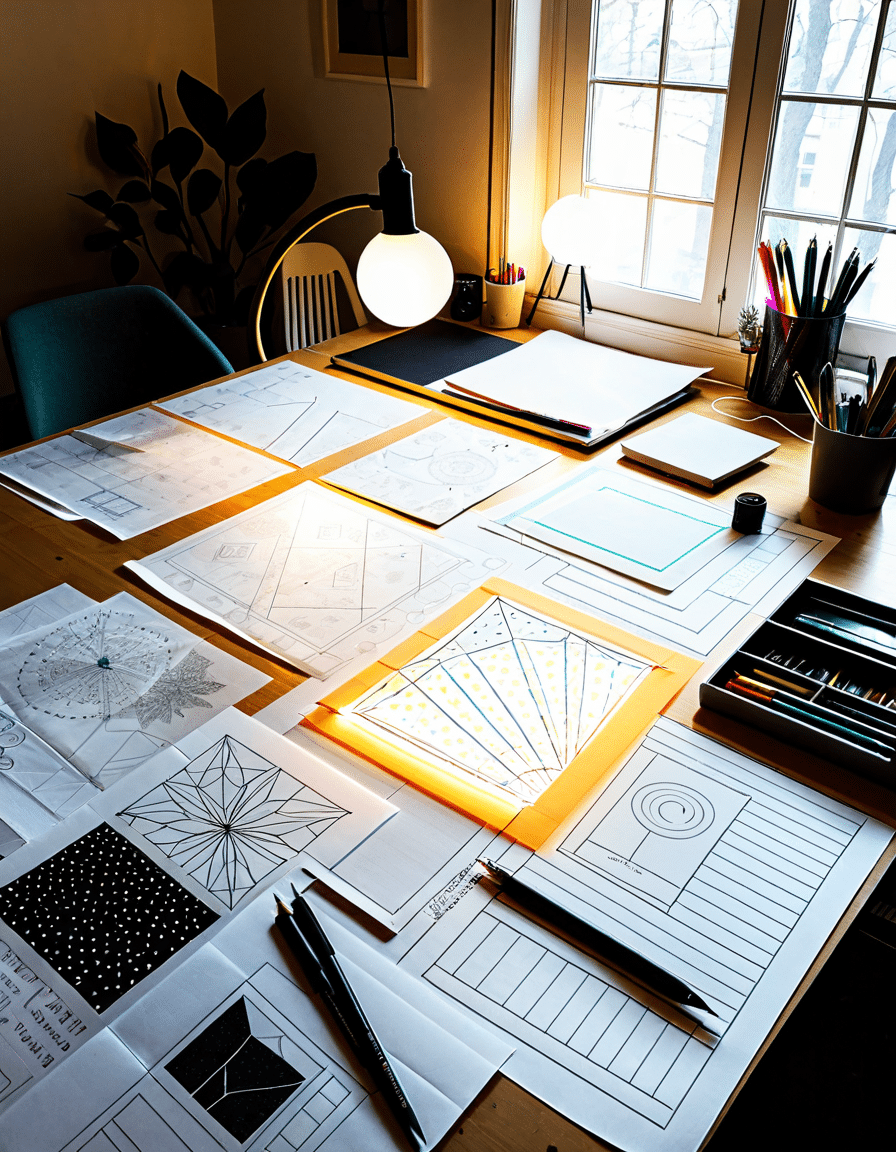
2. Enhanced Architectural Blueprints and Models
Architects aren’t slackin’ on the design front, and they’re finding new uses for tracing paper that are changing the game. Firms like Bjarke Ingels Group (BIG) are laying down chips on innovative design techniques, using tracing paper to craft blueprints that marry form and function. Overlaying concepts with tracing paper helps them analyze site dynamics and traffic flow, giving them an edge in the evolving urban landscape.
This flexible approach enables architects to explore multiple ideas without rushing to more permanent materials. It’s crucial for adapting to rapid changes in cities, fostering creativity while keeping practicality in check. So when you’re sketching out your dream house or redesigning your man cave, don’t forget the potential of tracing paper!
3. Unique Scrapbooking Techniques
Scrapbooking has come a long way from simple photo albums, and tracing paper is stepping into the spotlight. Crafty creators on Instagram and Pinterest have jumped on the bandwagon, showing off how this paper enhances projects by adding depth. By layering tracing paper, scrapbookers can create stunning looks that allow glimpses of the pages beneath.
Brands like Project Life champion this method, encouraging everyday folks to bring their memories to life with style. The combination of texture and translucent effects makes each scrapbook page not just a memory, but a piece of art. Unleash your inner artist and give your scrapbooking a makeover with tracing paper; it’s time to make those memories pop!
4. Reimagined Stencil Art
Street artists have a love affair with tracing paper that’s only just begun. Utilizing tracing paper to create stencils gives artists the flexibility to experiment with complex designs before they commit to a wall. This method not only saves time but also makes for intricate final pieces that can raise eyebrows and provoke thought—a vibe popularized by artists like Banksy.
These stencils allow for creative expression that resonates with the public, often serving as social commentary. So if you’re a budding street artist or just like to craft, keep tracing paper in your toolkit and explore its endless possibilities!
5. Jewelry Design and Prototyping
The DIY jewelry movement is hotter than ever. Designers, including Sophia Webster, are now using tracing paper to create intricate templates for their pieces. The lightweight nature of tracing paper offers a hassle-free way to test designs and materials without wasting resources.
This approach lets jewelry makers innovate, reshaping and reimagining their pieces with ease. It’s not just about bling; it’s about smart design and sustainability in a competitive market. If you’re whipping up your own jewelry or gifting something special, consider using tracing paper to prototype your designs.
6. Educational Tools for Art Students
Art education is evolving. Schools, including the prestigious Rhode Island School of Design (RISD), are integrating tracing paper into their curricula to sharpen students’ drawing and observation skills. It’s not just about imitation; it teaches students to appreciate form and dimension, making them better artists in the long run.
Using tracing paper to copy famous artworks or draft original ideas creates a solid foundation for budding artists. This hands-on approach builds confidence as students transition from traditional skills to modern practices. So let’s hear it for tracing paper, the humble hero in classrooms worldwide!
7. Exploration in Graphic Design
Graphic designers are tapping into the potential of tracing paper to revolutionize their logo designs and marketing materials. Adobe Creative Cloud has even begun to integrate tracing paper effects, making it easier for designers to visualize their ideas before digitizing. This tactile experience brings a fresh perspective to the brainstorming process, combining analog and digital artistry.
Showcased on platforms like Behance, these projects highlight how a simple tool can breathe new life into the design process. So if you’re diving into graphic design, don’t overlook the significance of tracing paper—it could just spark your next innovative project.
Embracing the Future of Tracing Paper in Creative Practices
As we journey through 2026, it’s clear that tracing paper is flexing its creative muscles more than ever. The qualities that make it stand out allow for experimenting, reworking, and innovating across various disciplines. Whether you’re bridging analog and digital practices, or enhancing the way we learn in art classes, it’s a reminder that foundational tools can reshape our approach to creativity.
So, whether you’re creating fashion pieces, designing blueprints, or just plowing through your next scrapbooking project, recognize that tracing paper can elevate your craft. With all its nifty uses and transformative potential, this paper proves that sometimes the simplest tools have the greatest impact. So go ahead, grab your tracing paper, and push those creative boundaries—your inner artist awaits!
And remember, if you want your mind and body in top shape while you’re on this creative journey, check out the squat machine, or explore the latest techniques on a hand saw. Keep Vibing with your creativity, and let tracing paper become your trusty sidekick!
Tracing Paper and Its Amazing Creative Uses Today
The Creative Gem Among Art Supplies
Tracing paper is a classic draw for artists and designers. This semi-transparent paper has been around since the 19th century and is still a go-to for sketching, layering, and transferring designs. Did you know that tracing paper is also used in animation? It’s a vital tool for creating character sheets and can be seen in the preparation of beloved cartoons like the ones featuring the iconic Spiderman characters? If you’ve ever admired a cool Spiderman Pfp online, it likely started with some meticulous work on tracing paper!
Everyday Uses Beyond the Canvas
It’s not just the artsy folks who benefit from tracing paper; it’s used in everyday life too! For instance, interior designers often employ tracing paper to lay out floor plans, helping clients visualize space efficiently. Even folks creating DIY projects find it handy when drafting patterns or designs without committing to a final product immediately. Speaking of creativity, there are also unexpected websites like Starxvideo that showcase how tracing techniques have made their way into innovative video content, seamlessly blending art with technology.
Fun Tidbits That Surprise
Here’s a fun nugget: tracing paper comes in various weights and textures, allowing artists to pick one that suits their style—from delicate sheets for light sketching to heavier variants for robust applications. Plus, it’s not just limited to paper arts; architecture uses tracing paper extensively for plans and presentations where clarity is key. If you’re into fitness and style, you might appreciate that the design world plays catch-up with trends, even in products like bouncer gear for high-energy workouts! You’d be amazed at how tracing paper can influence the aesthetics of everyday items, keeping the design fresh and engaging, much like the exciting topics discussed in Colleen333’s articles about fitness and transformation.
